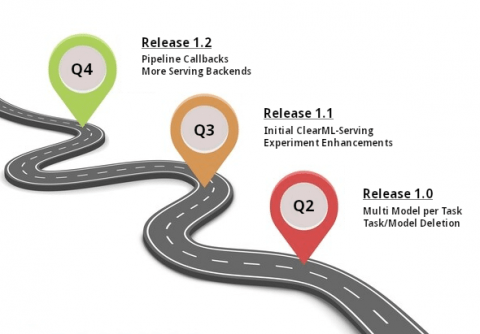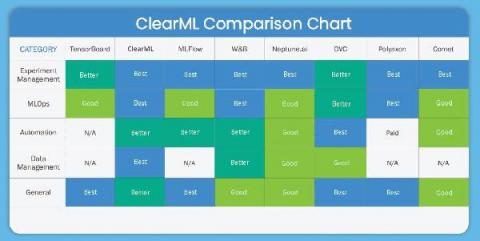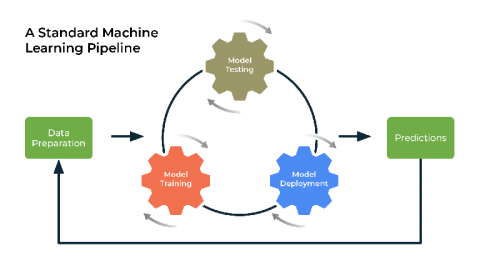ClearML Community Roadmap
Few things in life are certain, least of all roadmaps. There is a saying I love, apart from the one above, which says “if you want to hear God laugh, tell him/her your plans”. Nowhere is that more true than in software development in a startup. There are grand ideas put forward, people often vie with one another, in short, life happens.







